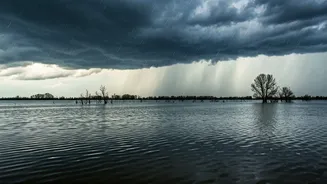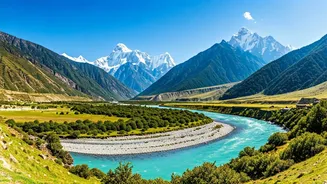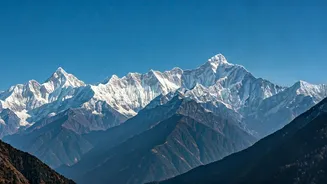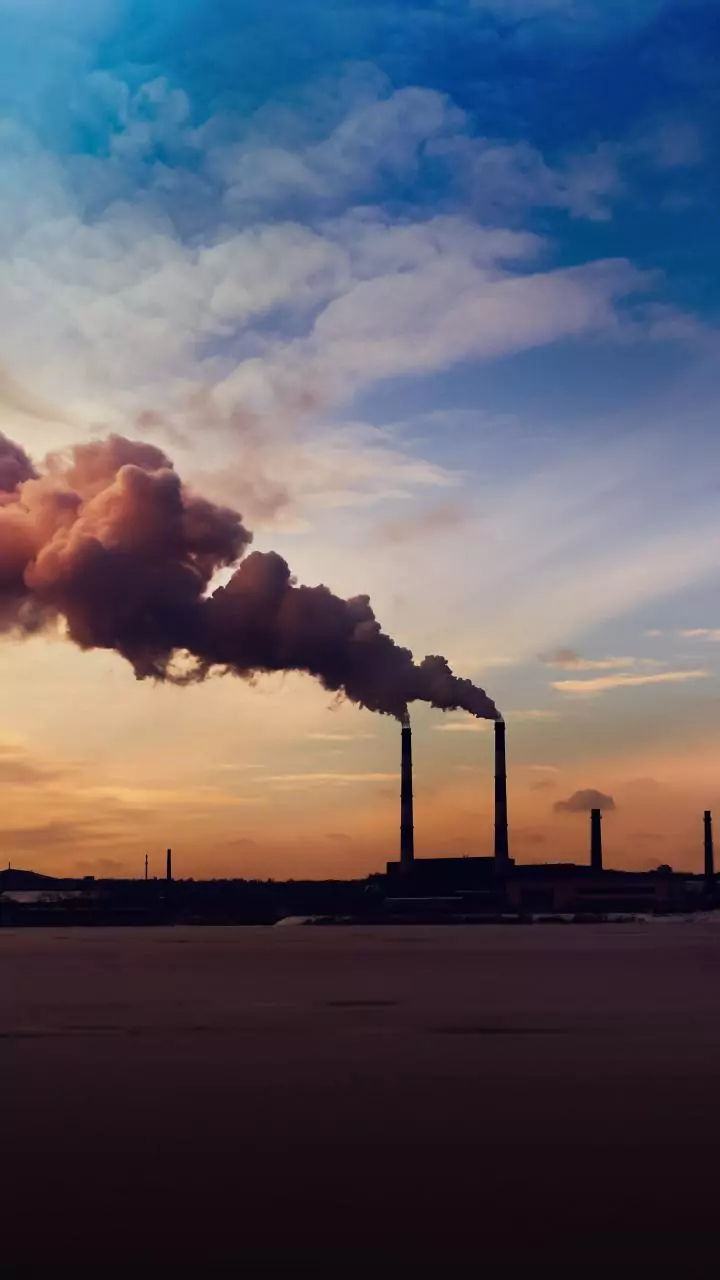Monsoon’s Unpredictability Explained
The Indian monsoon's behavior is becoming increasingly erratic, and scientists are finding clear connections with the larger picture of global warming.
The monsoon’s variability is not just about the amount of rainfall, but also about the intensity and distribution across regions. The year 2025 saw a catastrophic monsoon in North India, which was described as devastating. These shifts in monsoon patterns can be attributed to climate change. The increased intensity of the rainfall events, and also the longer dry spells in between, are evidence of this change. It is not just about the overall increase in average temperature, but also how it is destabilizing atmospheric conditions that govern weather systems. Predicting the monsoon's behavior is becoming more challenging, which increases the necessity for preparedness.
Asia’s Warming, Global Impact
Asia is warming at almost twice the rate of the global average, which is stated by the World Meteorological Organization (WMO) report. This accelerated warming amplifies the effects of climate change. The increased temperatures have a direct impact on the monsoon patterns, intensifying extreme weather events such as floods and droughts. The rapid warming is creating conditions that lead to longer dry periods, as well as heavier downpours. The impact on Asia, especially in countries like India, is significant because of the large populations and their dependence on the monsoon for agriculture and water resources. The rising temperatures across the continent are a cause for global concern. Addressing climate change requires global cooperation, especially reducing emissions.
COP30: Climate Action Ahead
The upcoming COP30 climate conference, set to take place in Brazil, will be a crucial platform for discussing the effects of climate change and devising solutions. These conferences are critical as they bring together global leaders and experts to set goals and commitments for emissions reduction. Key topics will include how to limit global warming and how to aid developing nations in adapting to its effects. Decisions made at the COP30, from setting emission reduction targets to providing financial support for climate mitigation, will shape global climate policy and impact regions, including India. Conferences like COP30 are an opportunity to accelerate the global transition to a sustainable future.
Weather’s Extreme Consequences
The extreme weather events, which are driven by altered monsoon patterns, are causing havoc across India. Heavy rainfall in the Himalayas caused significant damage in Himachal Pradesh and Uttarakhand. These events lead to landslides and floods, impacting both lives and property. The rising intensity and frequency of these extreme events, such as the catastrophic 2025 monsoon in North India, highlight the direct link between climate change and weather variability. These conditions lead to agricultural losses, displacement of communities, and disruptions in the economy. Building more resilient infrastructure, as well as developing effective early warning systems, is becoming increasingly important.
Farmers Face Challenges
Paddy farmers in Tamil Nadu face increased challenges due to the changing monsoon patterns. The unpredictable rainfall is directly affecting their ability to plan for the planting and harvesting of crops. The shifts in monsoon patterns cause changes in the timing of the rains, sometimes leading to droughts or floods, which threaten their yields. Beyond rainfall, rising temperatures and changing weather are contributing to pest outbreaks, further damaging crops. Farmers need climate-resilient agricultural practices such as drought-resistant crops, and also improved irrigation systems to deal with these challenges. Moreover, understanding climate change's impacts on agriculture is essential for ensuring food security in the region.













